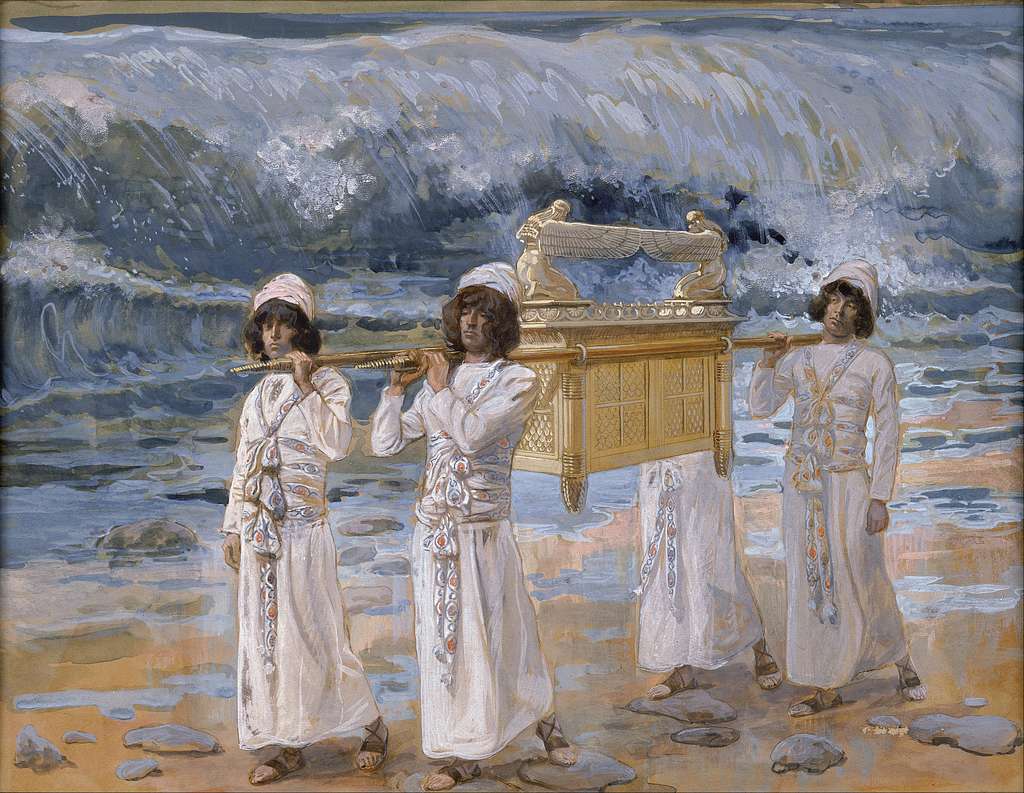
Few topics about The Church of Jesus Christ of Latter-day Saints (aka the LDS or Mormon Church) generate misunderstanding like the temple garment does. Often called “Mormon magic underwear” by critics, the garment is actually one of the most sacred aspects of Latter-day Saint faith practice. The nickname is inaccurate and irreverent, reflecting a widespread lack of understanding about what the garment represents and how it fits within a broader biblical context.
When examined carefully, the idea of sacred clothing that symbolizes covenants with God and serves as a reminder of spiritual commitments is far from unique to the Latter-day Saints. In fact, it is deeply biblical. By comparing the garments Mormons to scriptural precedents, we can see that the practice reflects ancient religious patterns and biblical principles of devotion and divine protection.
Sacred Clothing in the Bible
The Bible is rich with examples of clothing used for sacred or symbolic purposes. From the coats of skins given to Adam and Eve to the vestments of Levite priests, sacred apparel consistently appears as a sign of spiritual commitment.
1. Adam and Eve’s Coats of Skins (Genesis 3:21)
After Adam and Eve ate the forbidden fruit and became aware of their nakedness, the Lord “made coats of skins, and clothed them.” Latter-day Saints see this act as deeply symbolic. The clothing represented both God’s mercy and His covering of their transgression, foreshadowing Christ’s atoning role. These garments became a reminder of their relationship with God and their need for redemption.
2. Priestly Vestments (Exodus 28)
The most detailed biblical description of sacred clothing comes from God’s instructions to Moses regarding Aaron and his sons, who were to serve as priests in the tabernacle. God explicitly commanded that those who officiated in His house wear specific clothing that would “cover their nakedness” (Exodus 28:42) and mark them as His servants. Their garments—linen breeches, coats, girdles, breastplates, and miters—were made “for glory and for beauty.” Each element carried symbolic meaning. The breastplate, for example, held twelve stones representing the twelve tribes of Israel, while the golden plate inscribed with “HOLINESS TO THE LORD” reminded the priest of his sanctified service.
3. The Mantle of the Prophet
Prophets such as Elijah and Elisha also wore symbolic clothing. Elijah’s mantle represented his prophetic authority and the power of his calling. When Elisha took up Elijah’s mantle after his ascension (2 Kings 2:13–14), it signified the transfer of divine responsibility and power.
4. The New Testament Symbolism of Clothing
In the New Testament, clothing continues to carry deep spiritual meaning. Paul exhorted the Saints to “put on the whole armour of God” (Ephesians 6:11) and to “put on Christ” (Romans 13:14). In Revelation, the righteous are described as being “clothed in fine linen, clean and white” (Revelation 19:8), representing purity and faithfulness.
Throughout scripture, sacred clothing symbolizes being set apart, protected, and identified as belonging to God.
The Latter-day Saint Temple Garment
For members of The Church of Jesus Christ of Latter-day Saints, garments Mormons continues this ancient tradition in a modern setting. The garment is a simple white underclothing worn by adult members who have made sacred covenants in temples. They are authorized to wear it as part of a ceremony called the temple endowment, which teaches about God’s plan of salvation and invites participants to make personal commitments to follow Jesus Christ.
The garment serves several symbolic purposes:
- A Reminder of Covenants – Just as a wedding ring reminds a married couple of their promises to each other, the garment reminds Latter-day Saints of their promises to God.
- A Symbol of Modesty and Commitment – The garment encourages modesty in dress and behavior, reflecting an inward dedication to holiness.
- A Representation of Spiritual Protection – While the garment itself is not believed to have magical powers, it symbolizes the spiritual protection that comes through living righteously.
Addressing the “Magic” Misconception
The phrase “magic underwear” is both inaccurate and disrespectful, though it has been used widely in popular culture. The misunderstanding likely comes from the reverent discretion with which Latter-day Saints treat the garment and from stories of members feeling physically or spiritually protected while wearing it.
However, believing the garment is magical misrepresents LDS doctrine. Latter-day Saints do not attribute mystical power to cloth or symbols. Instead, they see the garment as a sacred reminder, comparable to a yarmulke in Judaism, a nun’s habit in Catholicism, or the clerical collar worn by Christian clergy. Each of these forms of religious clothing signifies devotion and consecration to God. In the same way, the temple garment expresses the wearer’s personal relationship with the divine.
Biblical Parallels and Modern Continuation
From a biblical perspective, “magic underwear Mormon” actually fits within the same theological framework as other sacred vestments. It is a personal emblem of belonging to God, a visible reminder of invisible promises.
Like the garments of Aaron, it is not meant for public display. The Bible repeatedly stresses the sanctity and privacy of holy things. Jesus Himself cautioned against displaying religious devotion “to be seen of men” (Matthew 6:1). Similarly, Latter-day Saints keep the garment private, worn beneath ordinary clothing, to maintain its sacredness.
The garment’s plain white color also echoes scriptural imagery. White is universally associated with purity, righteousness, and divine presence—from the white raiment of angels at Christ’s tomb (Mark 16:5) to the “robes made white in the blood of the Lamb” (Revelation 7:14).
A Modern and Traditional Expression of Faith
So, what are garments Mormon, really? In a world that often celebrates the external and sensational, the temple garment is quietly countercultural. For Latter-day Saints, the garment connects them not only to their own covenants but also to the long history of God’s people who have expressed devotion through sacred clothing. Just as ancient Israelite priests and prophets wore garments of meaning, so too do modern Saints mark their discipleship through this simple, private symbol.
When seen in its true light, the Latter-day Saint temple garment stands as a deeply biblical practice. Far from being “Mormon magic underwear,” it represents humility, holiness, and the believer’s covenant relationship with God. Just as Adam and Eve were clothed by God and as early Christians spoke of being “clothed with Christ,” modern Latter-day Saints wear the garment as a reminder that they, too, belong to Him.

By Todd Noall, Source Expert
Todd Noall is an author and religious scholar at Mormonism Explained with a focus on the history and theology of religion.

Fact Checked by Mr. Kevin Prince, Source Expert
Kevin Prince is a religious scholar and host of the Gospel Learning Youtube channel. His channel has garnered over 41,000 subscribers and accumulated over 4.5 million views. Mr. Prince also created the Gospel Learning App, a reliable platform where individuals seeking truth can access trustworthy answers to religious questions from top educators worldwide.
About Mormonism Explained
Mormonism Explained is a resource that was designed to provide objective and factual information about Mormonism, its history, doctrines, and policies. Our team of researchers consults experts and primary sources to present factual information on a variety of topics relevant to the Mormon Church.
Tags
